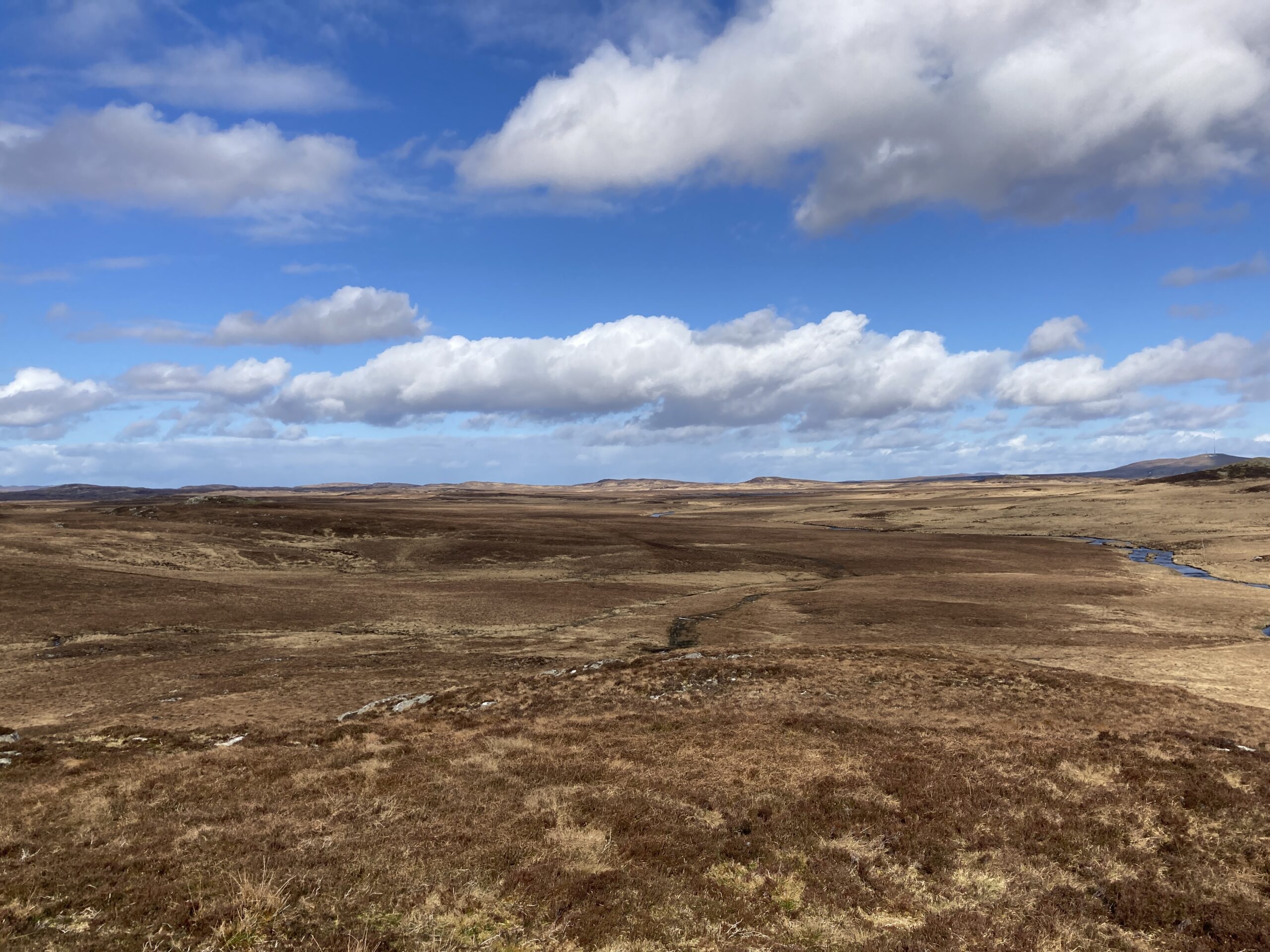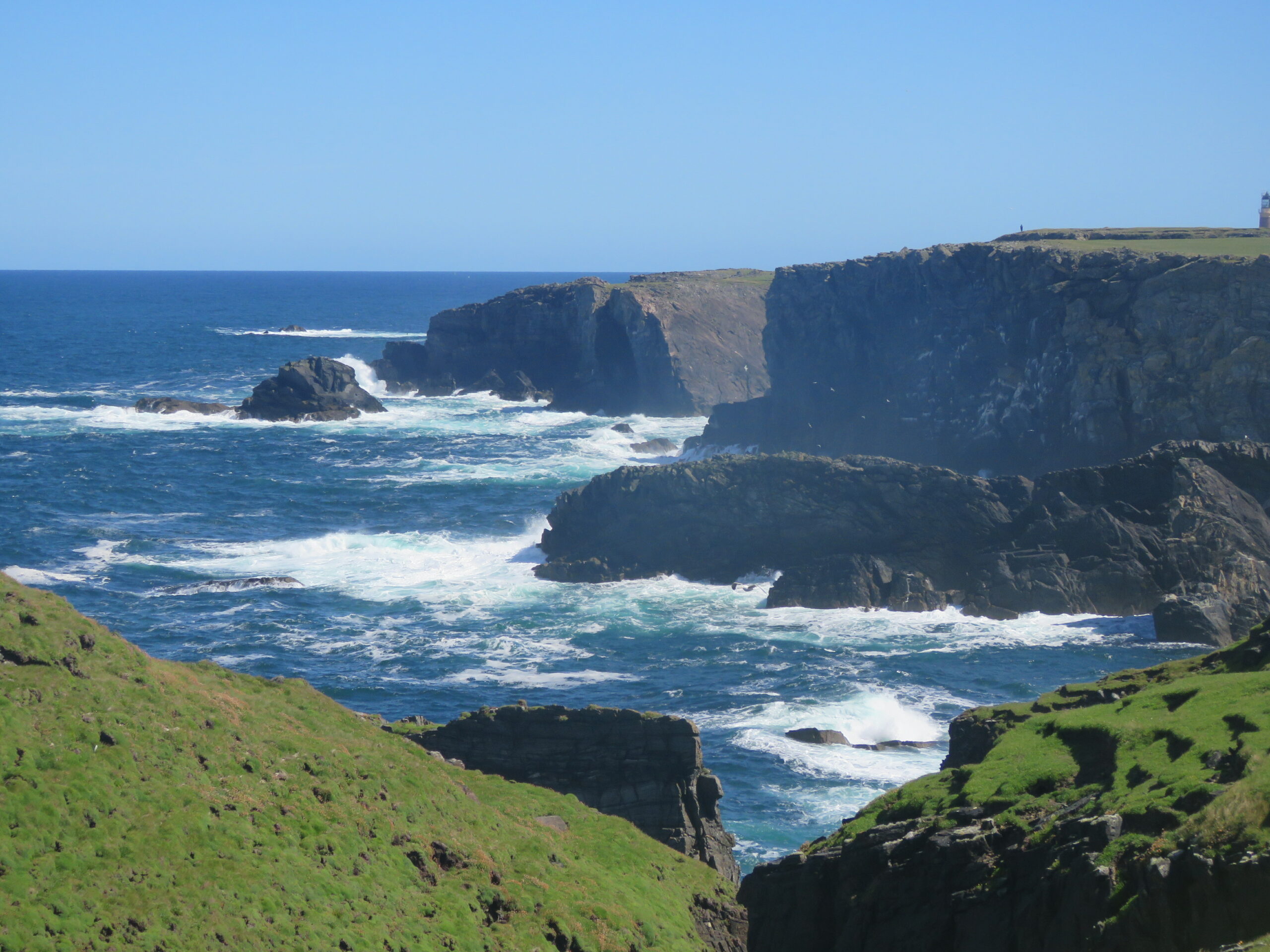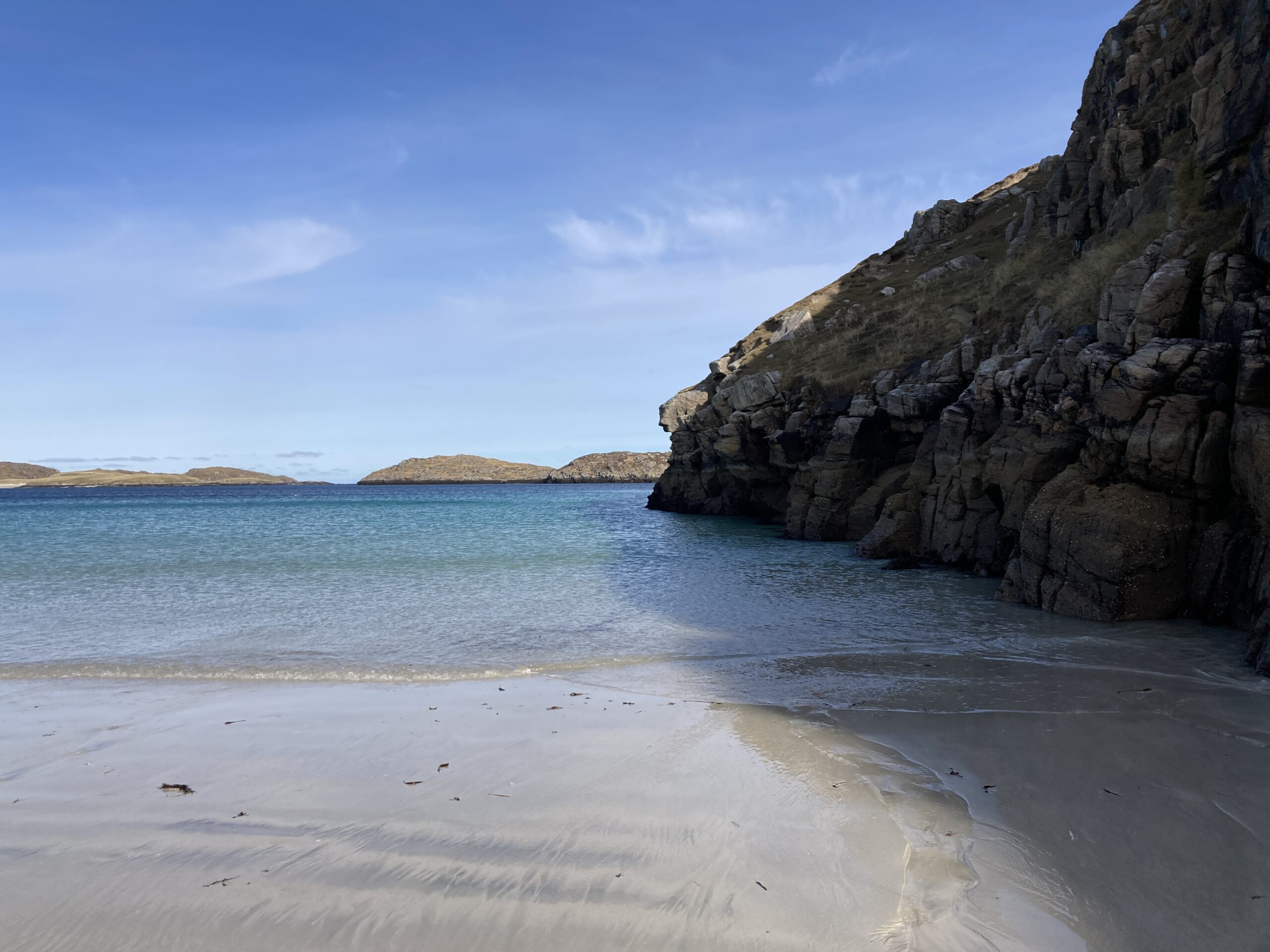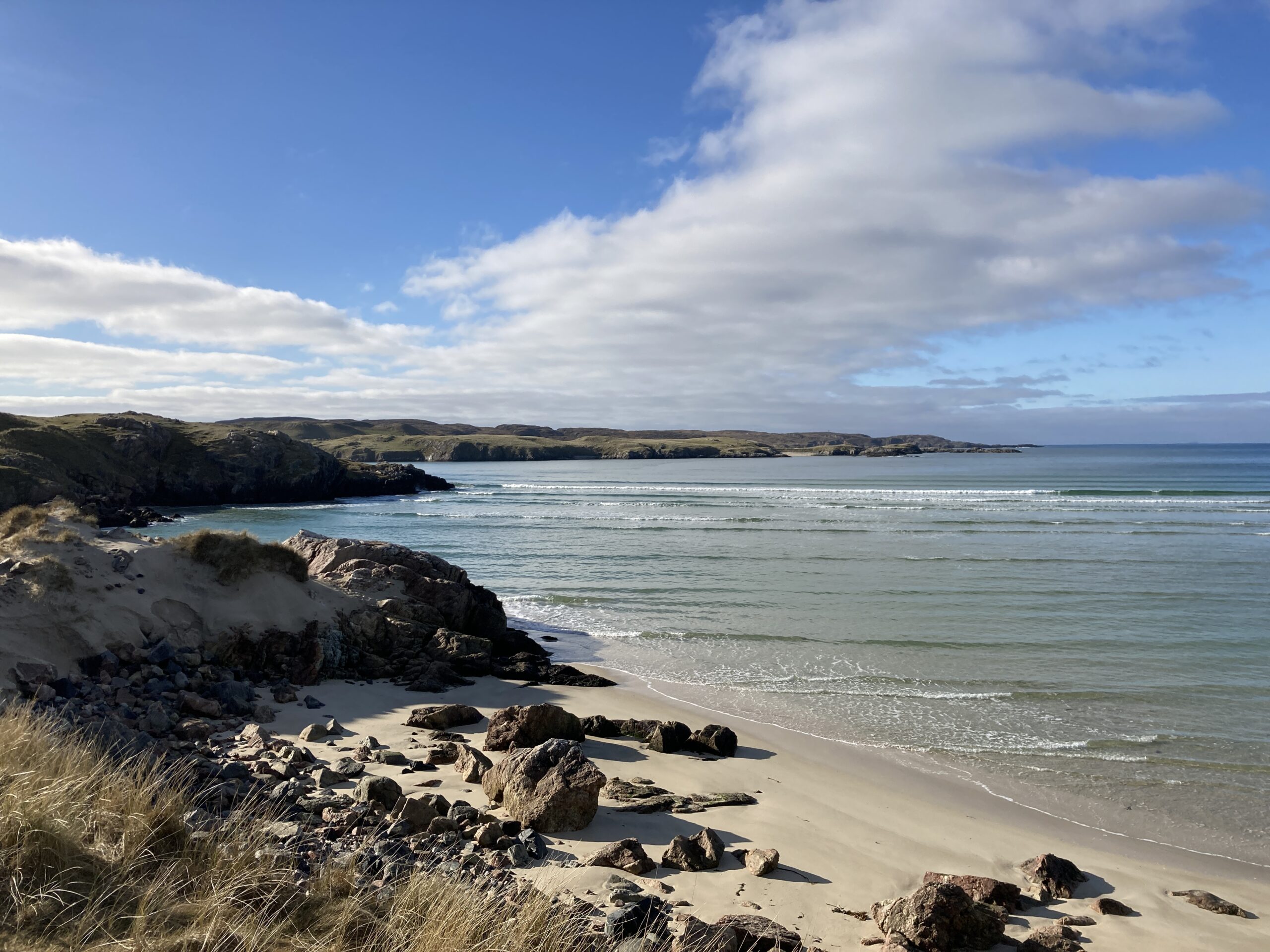



The Geology of the Western Isles: A Journey Through Time
The Western Isles, also known as the Outer Hebrides, are a chain of islands located off the northwest coast of mainland Scotland. The islands are renowned for their stunning landscapes, rich cultural heritage, and unique geological history. This section explores the fascinating geological and evolutionary story of the Western Isles, shedding light on the forces that have shaped these islands over millions of years.
Geological Origins
The geological history of the Western Isles began approximately 3 billion years ago, during the Archean Eon. The islands are primarily composed of three distinct rock types: Lewisian gneiss, Dalradian metasedimentary rocks, and Tertiary igneous rocks.
- Lewisian Gneiss
The oldest rock type found in the Western Isles is Lewisian gneiss, which is considered one of the oldest rocks in Britain, dating back to around 2.7-3 billion years ago. This metamorphic rock is characterized by its unique banded appearance, consisting of layers of varying minerals. The Lewisian gneiss forms the foundation of the Western Isles, and its presence reflects the region’s ancient geological past.
- Dalradian Metasedimentary Rocks
Overlying the Lewisian gneiss are the Dalradian metasedimentary rocks, which date back to the Neoproterozoic Era, approximately 1 billion years ago. These rocks were formed from sediments deposited in an ancient ocean known as the Iapetus Ocean. The Dalradian metasedimentary rocks are mainly found in the eastern parts of the Western Isles and consist of schists, quartzites, and limestones.
- Tertiary Igneous Rocks
The youngest rock type in the Western Isles is the Tertiary igneous rocks, which date back to around 50-60 million years ago. These rocks were formed as a result of volcanic activity during the opening of the North Atlantic Ocean. The Tertiary igneous rocks are primarily basaltic in composition and can be found in the form of dykes, sills, and lava flows. The most famous example of these rocks is the Isle of Skye’s Cuillin Hills, which are formed from Tertiary basalt and gabbro.
The Glacial Legacy
During the last Ice Age, which peaked around 20,000 years ago, the Western Isles were covered by vast ice sheets. As these ice sheets retreated, they left behind a range of glacial landforms, such as U-shaped valleys, glacial erratics, and moraines. The glacial legacy is evident in the stunning landscapes of the Western Isles, characterized by their rugged coastlines, sandy beaches, and machair plains.
Human Habitation and Cultural Evolution
The Western Isles have been inhabited by humans for thousands of years. The earliest evidence of human activity in the region dates back to the Mesolithic period, around 8,000 years ago. Since then, the islands have witnessed a rich and complex cultural history, including the arrival of the Celts, the influence of the Vikings, and the development of the unique Gaelic culture.
Today, the Western Isles are home to a vibrant and resilient community, deeply connected to their environment and proud of their geological heritage. The islands offer a fascinating glimpse into the Earth’s geological past, as well as a living testament to the extraordinary power of natural forces in shaping our world.
In conclusion, the geology and evolvement of the Western Isles offer an intriguing insight into the history of our planet. From the ancient Lewisian gneiss to the more recent glacial landforms, the islands represent a remarkable record of geological processes spanning billions of years.